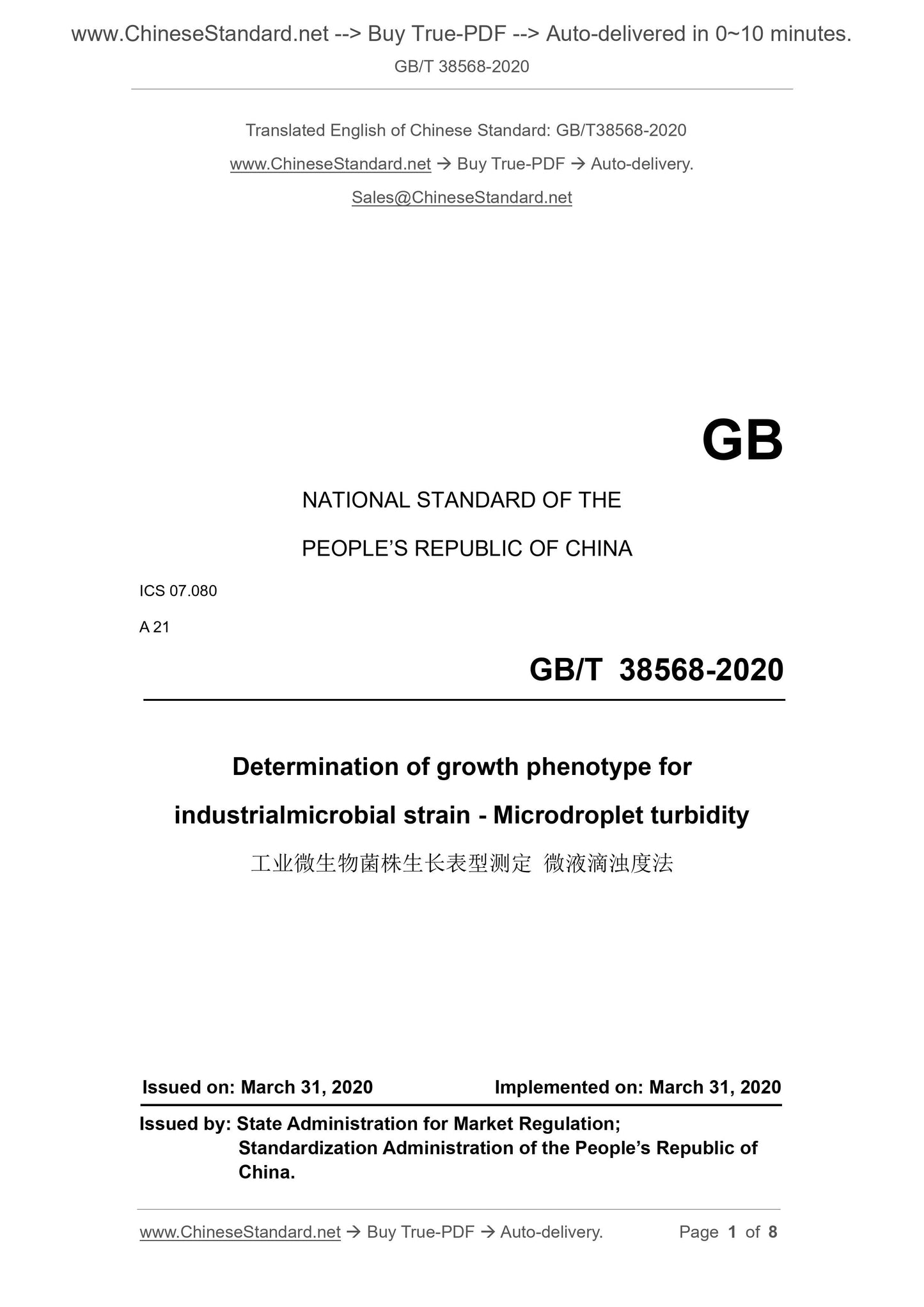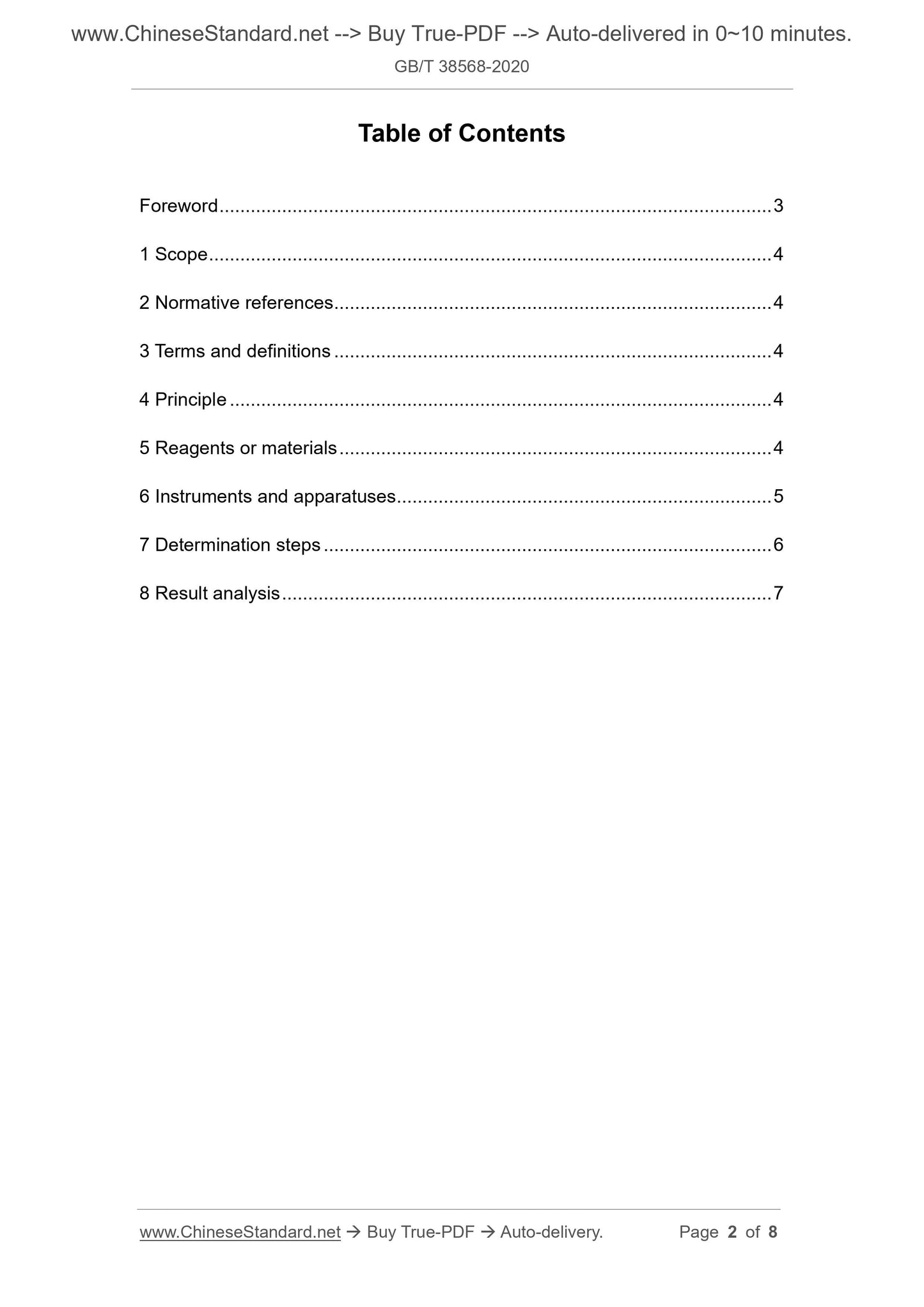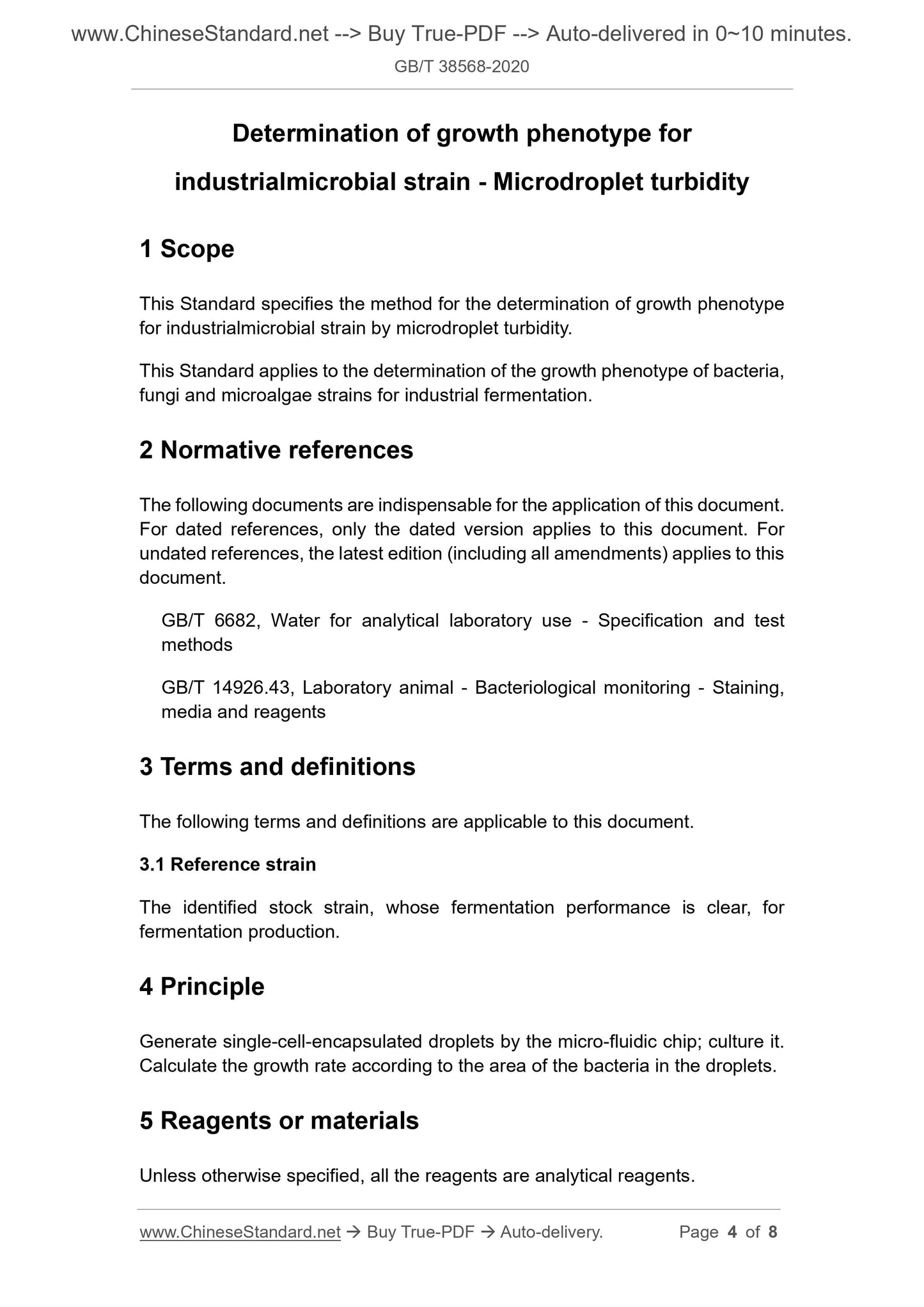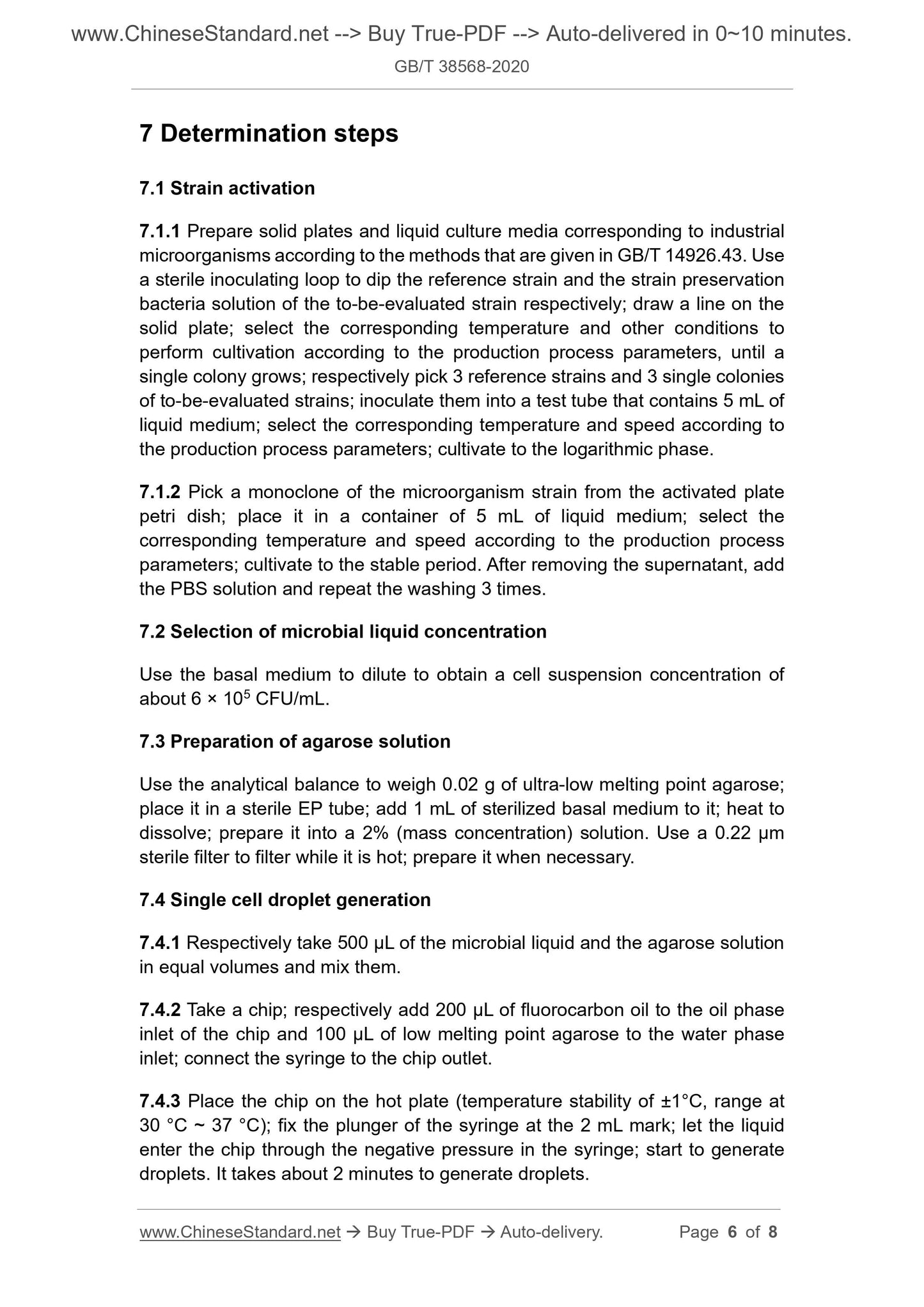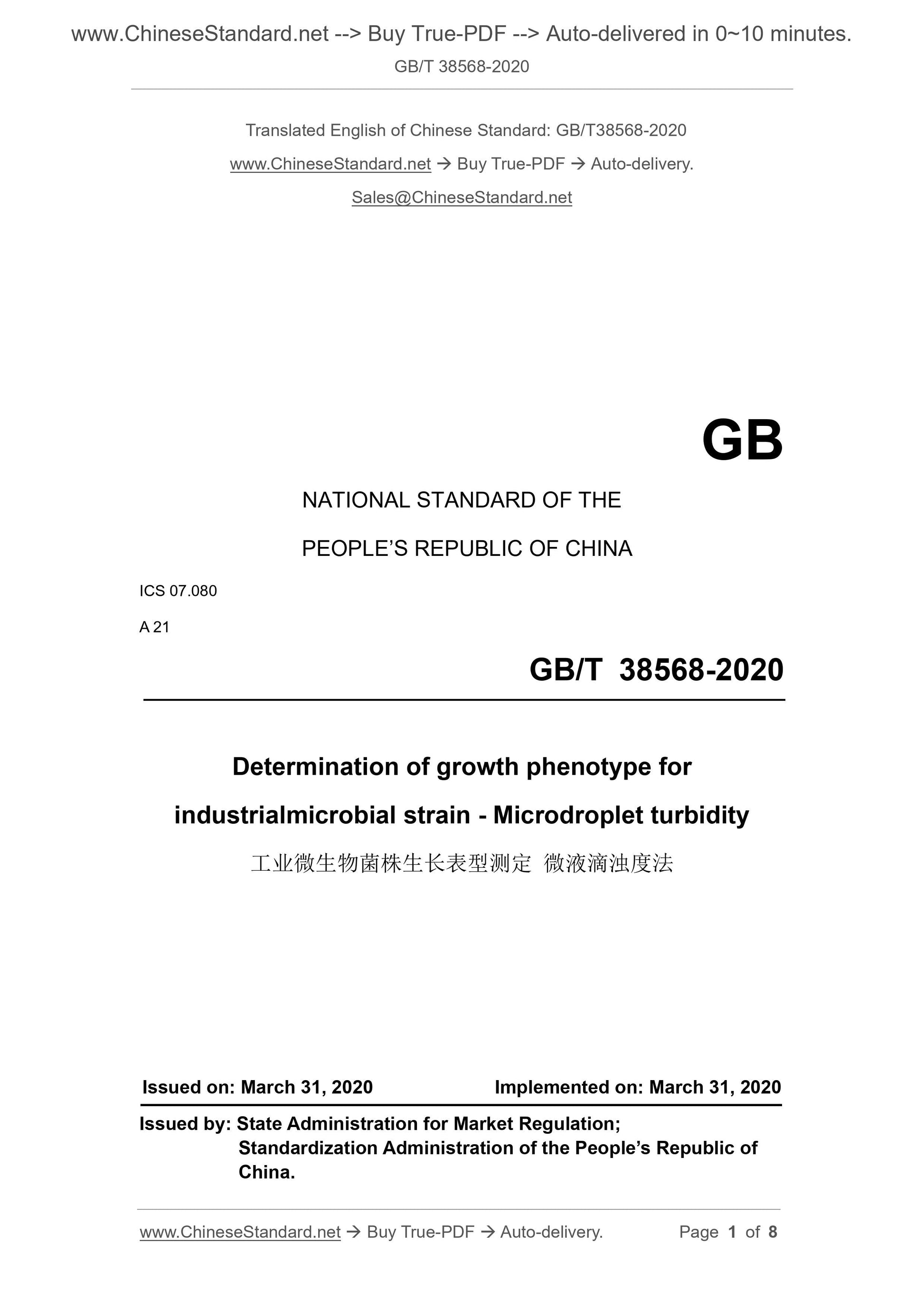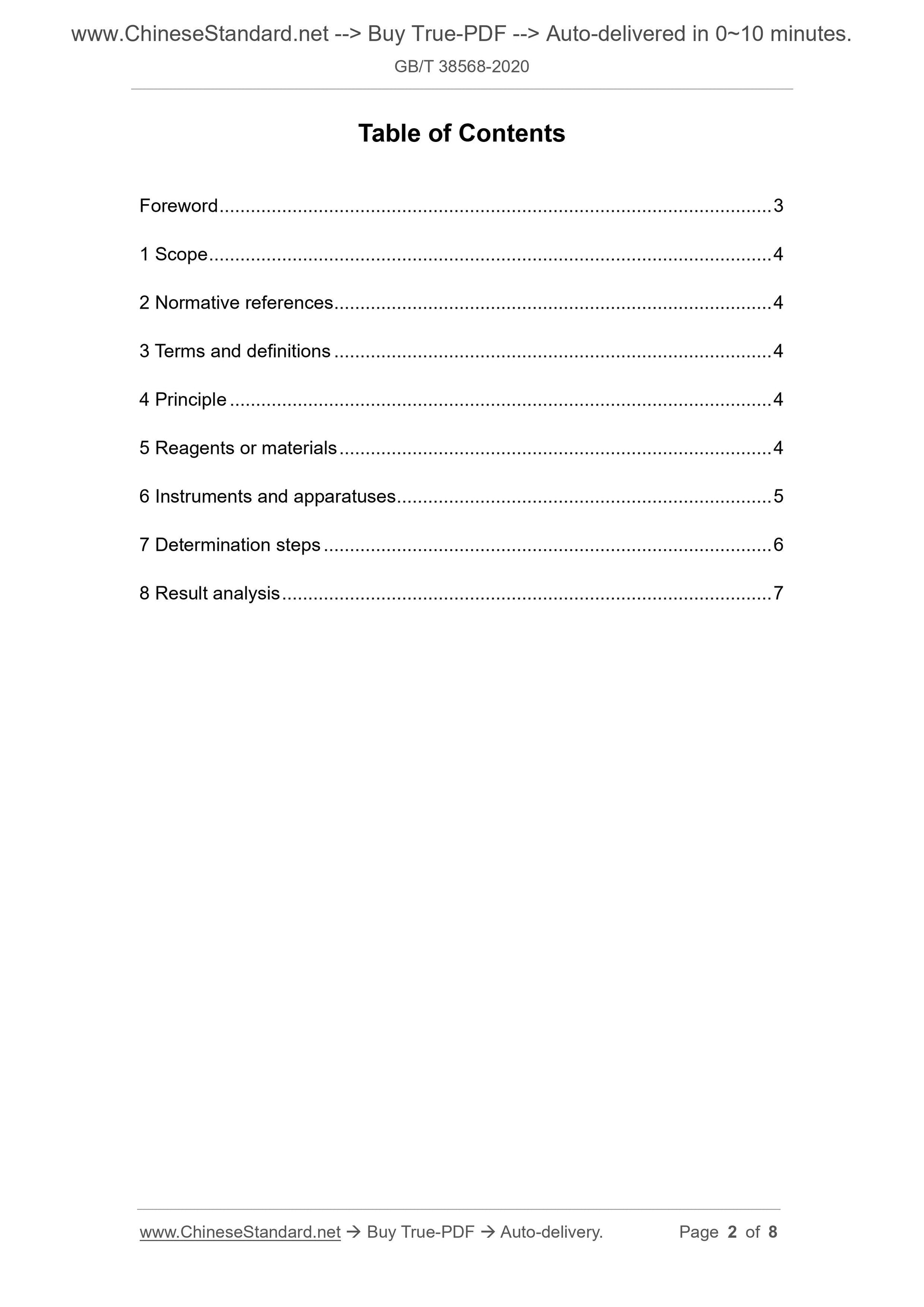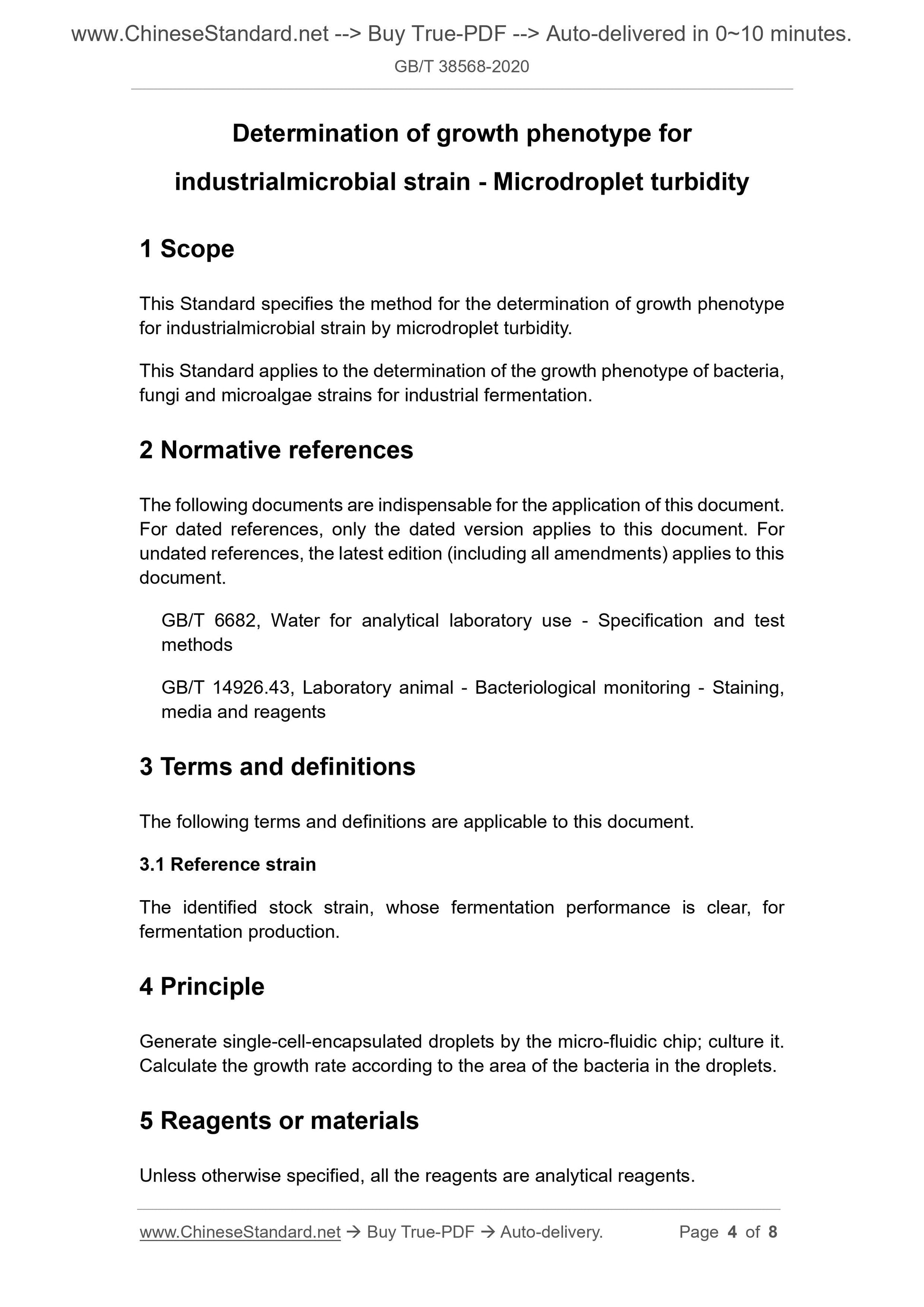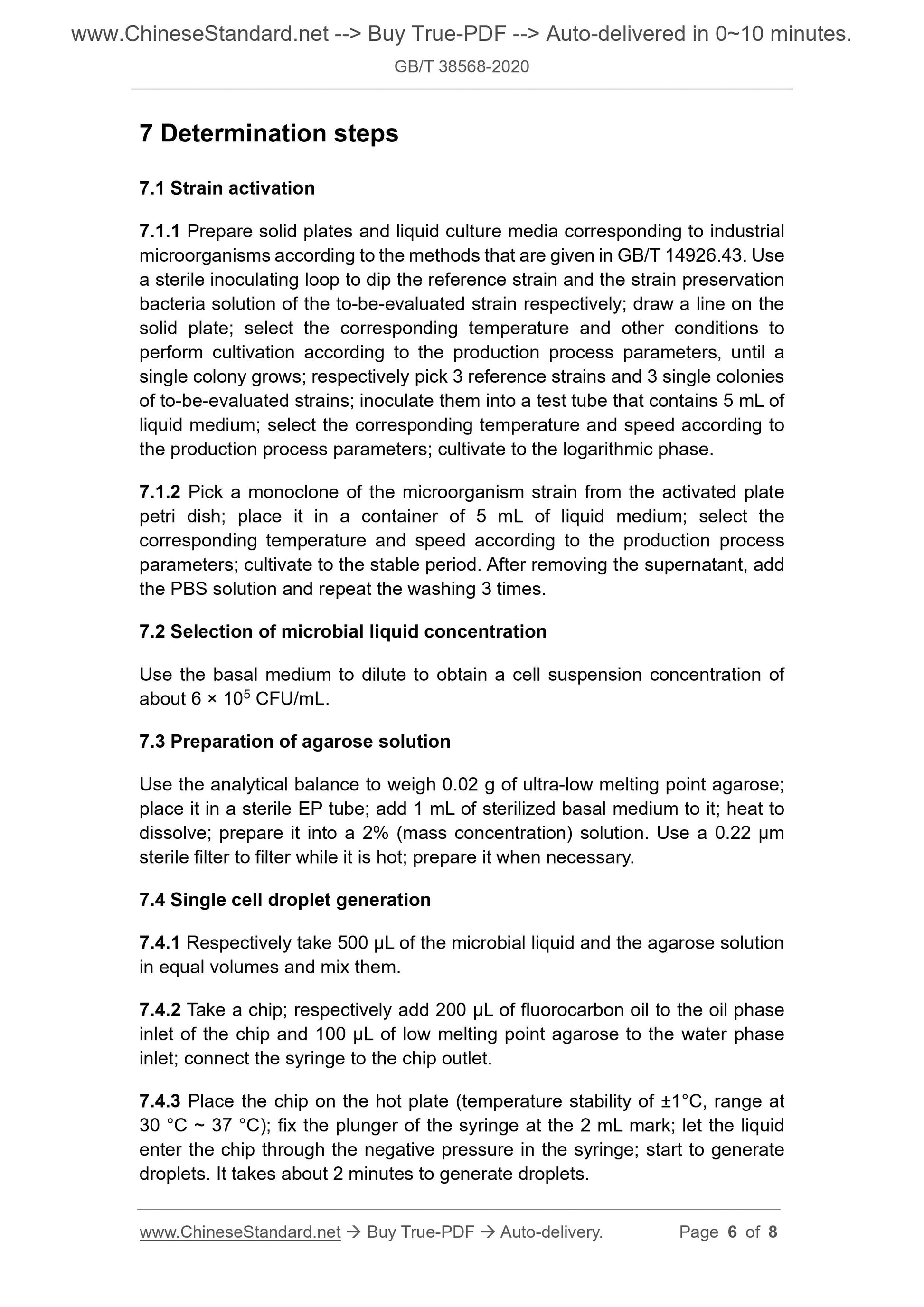1
/
of
4
www.ChineseStandard.us -- Field Test Asia Pte. Ltd.
GB/T 38568-2020 English PDF (GB/T38568-2020)
GB/T 38568-2020 English PDF (GB/T38568-2020)
Regular price
$85.00
Regular price
Sale price
$85.00
Unit price
/
per
Shipping calculated at checkout.
Couldn't load pickup availability
GB/T 38568-2020: Determination of growth phenotype for industrial microbial strain - Microdroplet turbidity
Delivery: 9 seconds. Download (and Email) true-PDF + Invoice.Get Quotation: Click GB/T 38568-2020 (Self-service in 1-minute)
Newer / historical versions: GB/T 38568-2020
Preview True-PDF
Scope
This Standard specifies the method for the determination of growth phenotypefor industrialmicrobial strain by microdroplet turbidity.
This Standard applies to the determination of the growth phenotype of bacteria,
fungi and microalgae strains for industrial fermentation.
Basic Data
| Standard ID | GB/T 38568-2020 (GB/T38568-2020) |
| Description (Translated English) | Determination of growth phenotype for industrial microbial strain - Microdroplet turbidity |
| Sector / Industry | National Standard (Recommended) |
| Classification of Chinese Standard | A21 |
| Classification of International Standard | 07.080 |
| Word Count Estimation | 5,541 |
| Date of Issue | 2020-03-31 |
| Date of Implementation | 2020-03-31 |
| Quoted Standard | GB/T 6682; GB/T 14926.43 |
| Issuing agency(ies) | State Administration for Market Regulation, China National Standardization Administration |
| Summary | This standard specifies a method for determining the growth phenotype of industrial microbial strains by microdroplet turbidimetry. This standard applies to the determination of growth phenotype of bacterial, fungal and microalgal strains used in industrial fermentation. |
Share
